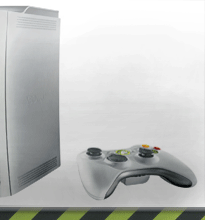|
Video game crash of 1983
At the end of 1983, the industry experienced losses. This was the
"crash" of the video game industry, as well as the bankruptcy of
several companies that produced North American home computers and
video game consoles from late 1983 to early 1984. It brought an end
to what is considered to be the second generation of console video
gaming. Causes of the crash include the production of poorly
conceived games such as
E.T. the Extra-Terrestrial
and
Pac-Man
for the Atari 2600. It was discovered that more Pac-Man cartridges
were manufactured than there were systems made. In addition, so many
E.T. the Extra-Terrestrial cartridges
were left.
After this the video game industry took off to
the next generation hopping for the best but with large uncertainty.
Third generation (1985–1989)
The third generation started by most with the introduction in 1985,
of the Nintendo’s release of its 8-bit console, the Famicom, known
outside Asia as Nintendo Entertainment System (NES). It was bundled
with
Super Mario Bros.
and instantly became a success. The NES dominated the North American
and the Japanese market until the rise of the next generation of
consoles in the early 1990s. Other markets were not as heavily
dominated, allowing other consoles to find an audience like the Sega
Master System in Europe, Australia and Brazil. After this the
standard joystick was no more, people took over the gamepad as the
standard controller for a video game console. Consequentially to the
Nintendo Entertainment System release a lot of the most famous games
franchises were released. These games were the heart of the third
generation of video games. Games like, The
Dragon Quest
series,
Final Fantasy
series, the
Legend of Zelda
series and
Metal Gear
series.

Nintendo Entertainment System (NES)
1990s
If the 1980s were about the rise of the
industry, the 1990s was all about its maturing into a mainstream
form of entertainment. The 1990s saw the beginning of a larger
consolidation of publishers, higher budget games, increased size of
production teams and collaborations with both the music and motion
picture industries.
Fourth generation (1989–1996)
In this generation was introduced the Super Nintendo or Super NES in
1991. Also, the TurboGrafx-16 debuted early on alongside the
Genesis. In the World of computer the CD-ROM drives were first seen
in this generation, as add-ons for the PC Engine in 1988 and the
Mega Drive in 1991. Basic 3D graphics entered the mainstream with
flat-shaded polygons enabled by additional processors in game
cartridges like
Virtua Racing
and
Star Fox.
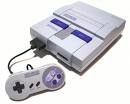

Super Nintedo and
TurboGrafx-16
Fifth generation (1994–1999)
This was the generation for the big boys. Sega released the Sega
Saturn and Sony made its debut to the video gaming scene with the
PlayStation. Sony's PlayStation would become the world's most
successful console in the 32/64-bit era, with only the PlayStation 2
topping this accolade at the beginning of the 21st century. Also,
after many delays, Nintendo released its 64-bit console, the
Nintendo 64 in 1996. The flagship title,
Super Mario 64,
became a defining title for 3D platformer games. By the end of this
period, Sony had become the leader in the video game market. The
Saturn was successful in Japan but a failure in North America and
Europe, leaving Sega outside of the main competition, while the N64
achieved huge success in North America and Europe even though it
never surpassed PlayStation's sales. The N64 was also successful in
Japan, even though it failed to repeat the tremendous success of NES
and SNES there due to stiff competition by PlayStation.

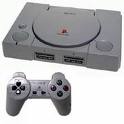

Sega Saturn, PlayStation and Nintendo 64
Sixth generation (1998–2004)
The Dreamcast, introduced in 1998, opened the
generation but failed to become a hit, and faded from the market
before the subsequent consoles appeared, and Sega retreated to the
third-party game market. Sony released the Playstation 2 (PS2),
which would go on to become the top-selling game console to date.
Nintendo followed a year later with the GameCube, their first
disc-based console. In the world of computers the leader Microsoft
decided to join the console world and released the Xbox.


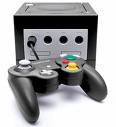

Dreamcast, Playstation 2 , GameCube and xbox
Seventh generation (2004-present)
This is where we stand today. Microsoft releases the Xbox 360 in
2006 and it was the first Seventh generation console releases in the
world doe to this it gave them a huge advantage in the competition.
Later on the Nintendo released the Nintendo wii in 2007 a year
later. the console's new control
scheme, featuring motion-based control and infrared-based pointing
was loved by most of the gamers. Sony followed in 2006 with the
PlayStation 3 which is the most powerful of the three consoles but
also the most expensive of the three.

Nintendo wii, PlayStation 3 and Xbox 360
Well
that is it. Most of the explained above is a summary of what has
been the history of the video games in the world. But take in care
that there will always be more to be explained and if you fell with
the need to check out a more detailed history go to the helpful
links section and select the history link.
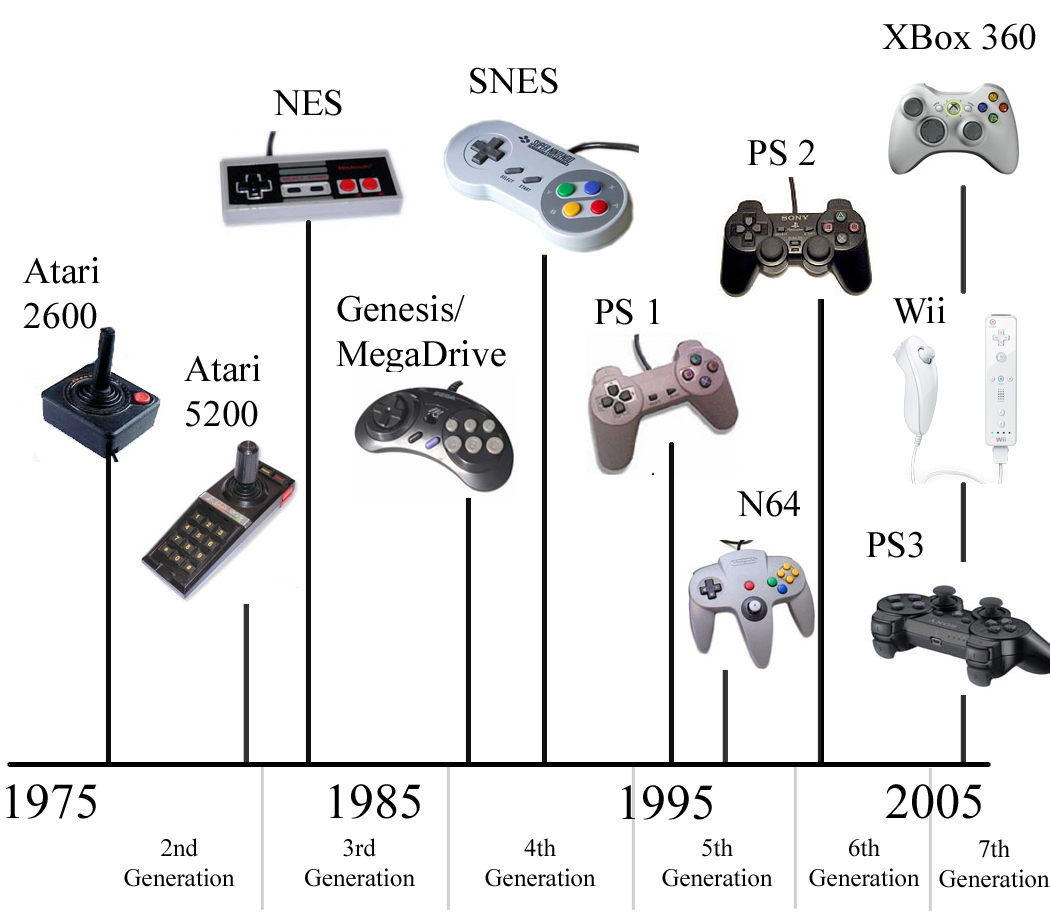
Information obtain from: http://en.wikipedia.org
Page:
1
2
3
|



